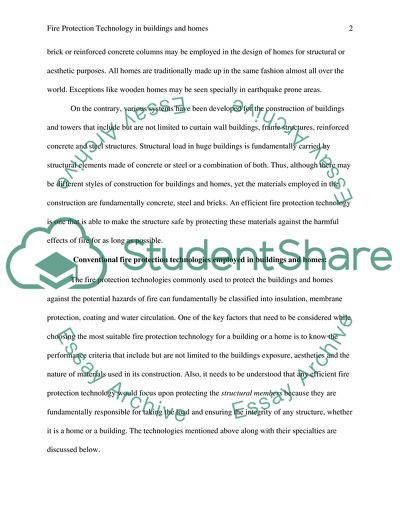Cite this document
(Fire Protection Technology in Buildings and Homes Research Paper, n.d.)
Fire Protection Technology in Buildings and Homes Research Paper. Retrieved from https://studentshare.org/technology/1740327-fire-protection-technology-in-buildings-and-homes-new-technology
Fire Protection Technology in Buildings and Homes Research Paper. Retrieved from https://studentshare.org/technology/1740327-fire-protection-technology-in-buildings-and-homes-new-technology
(Fire Protection Technology in Buildings and Homes Research Paper)
Fire Protection Technology in Buildings and Homes Research Paper. https://studentshare.org/technology/1740327-fire-protection-technology-in-buildings-and-homes-new-technology.
Fire Protection Technology in Buildings and Homes Research Paper. https://studentshare.org/technology/1740327-fire-protection-technology-in-buildings-and-homes-new-technology.
“Fire Protection Technology in Buildings and Homes Research Paper”, n.d. https://studentshare.org/technology/1740327-fire-protection-technology-in-buildings-and-homes-new-technology.


